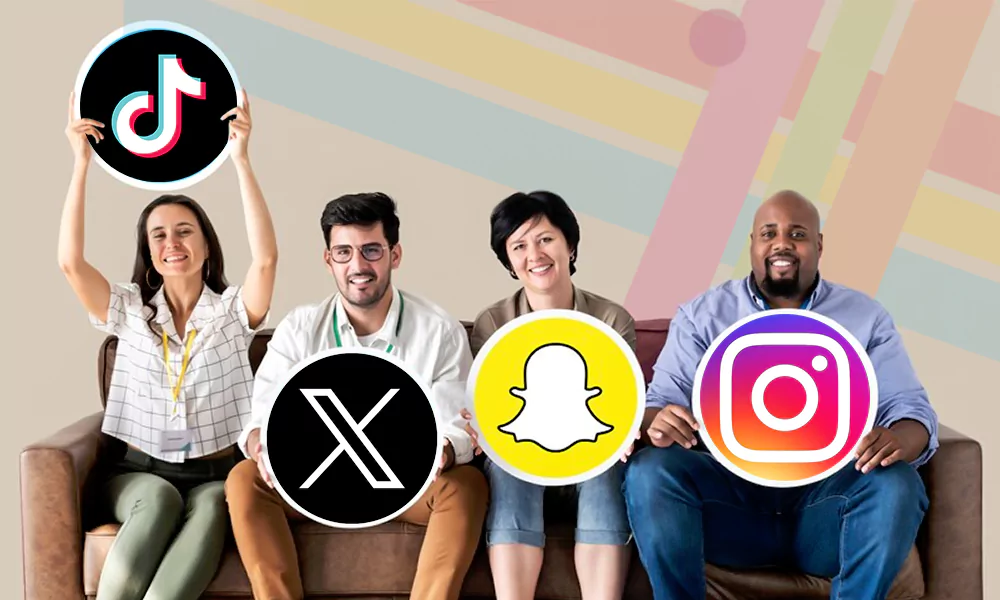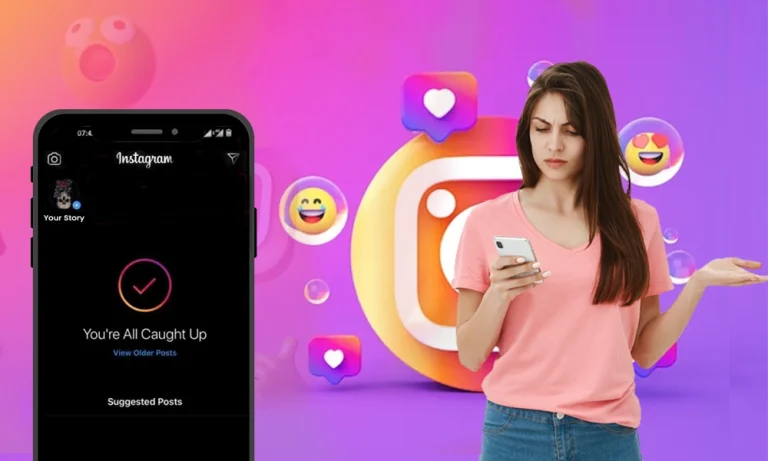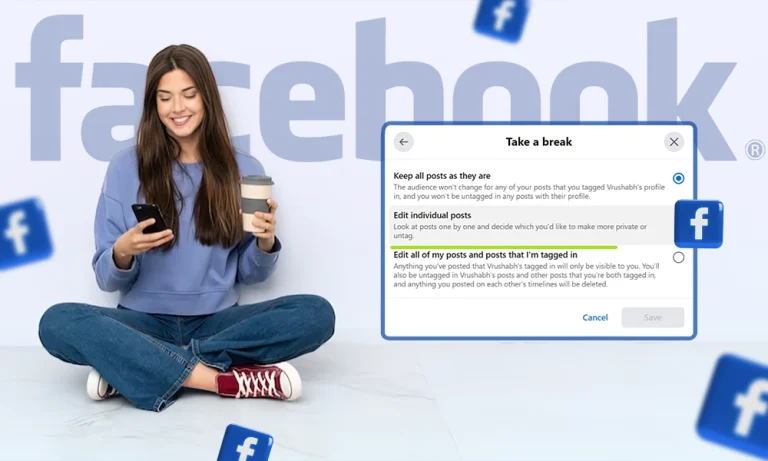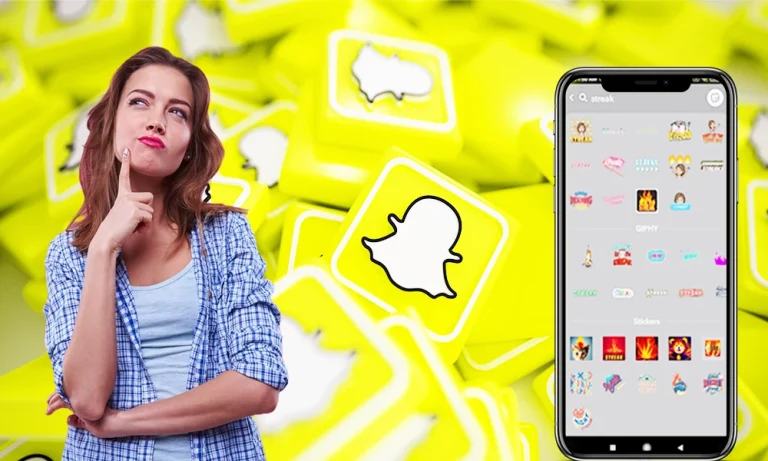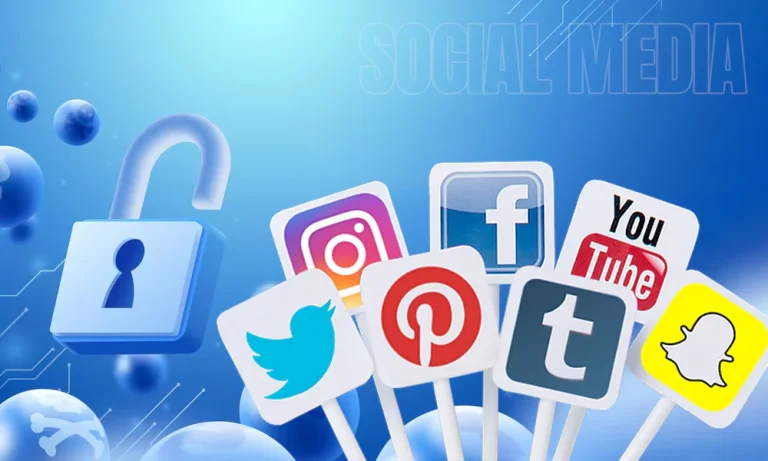Social Platforms to Use for Different Generations

In 2022, research indicated that the age distribution of social media users in the United States was evenly spread, with a consistent increase in users among individuals aged 18 to 64 and older. The data also showed that different social platforms are popular with different age groups. You can find multiple talents in social media among various age groups performing various activities to entertain people.
Although most users come from younger generations, some social platforms are used more by older generations. Since the demographics of each social network vary, you must understand how different generations use social media.
Moreover, as a marketer or business owner, you should know the ideal platforms for different ages. With various social networks available, which are worth promoting your brand based on your target demographics?
How Different Generations Use and Consume Social Platforms
Today, the generations we know have four types: Generation Z, Millennials (Gen Y), Generation X, and Baby Boomers.
- Generation Z (Gen Z) – They were born between 1995 and 2009. They are described as digital natives and, currently, the youngest generation in the workforce and among consumers
- Millennials – Also called Generation Y, were born between 1981 and 1994 and are the first generation to grow up with the Internet
- Generation X – Commonly known as the “middle child,” they were born between 1965 and 1980. They were also the generation to grow up with the first personal computers
- Baby Boomers – Born between the end of the Second World War (1946) and the mid-1960s (1964), they are currently the oldest generation of the workforce and consumers

Here’s how each generation uses and consumes social media:
Generation Z and Social Platforms
Gen Z, also called Zoomers, has the most online social networking users. This generation has had social media exposure for nearly half their lives. Thus, they’re always online. They’re also visual learners, as visual content appeals to them more than older generations.
Gen Z’s most common reason to use social media is to kill time. Besides this, they consume social media for the following:
- Sharing daily life updates
- Establishing personal image
- Communicating with friends
- Consuming micro-moments for a few minutes
- Avoiding the fear of missing out (FOMO)
As shoppers and consumers, Gen Z loves to interact with social media brands and businesses to learn more about them. They expect brands to provide personalized shopping experiences without being intrusive and overbearing. But besides that, social media has affected mental health in various manners as most youngsters use it daily.
As such, enticing Gen Z includes:
- Publishing content that encourages interactions
- Optimizing your profile for social commerce
- Responding to inquiries and questions on time,
Millennials and Social Platforms
Social media is changing our art experience and millennials are considered the most adaptable generation due to being born before and after the Internet. While they are not tech-reliant, they are tech-savvy enough to understand modern technology. Since they have lived through many changes, they seek something new and can adapt quickly.
This generation uses social media to connect with peers and the world. They use it to stay informed about societal problems, share life updates, and find entertaining content to reach and watch.
As consumers, Millennials expect social media brands to address their significant needs and life moments, including career, family life, and future. They engage with online communities that provide discussions related to their endeavors and daily needs.
DID YOU KNOW?
In 2023, an estimated 4.9 billion people will use social media across the world.
Generation X and Social Platforms
Gen X is the small generation between the larger Millennials and Baby Boomers. Although small, they still make up a significant portion of social media users. They’re more likely to stick to websites that they know and understand.
Gen Xers are also technologically hybrid. Having seen life before and after the Internet, they can use technology but aren’t as tech-savvy as their succeeding generations.
This generation uses the web to connect with loved ones who matter, share opinions, and research. They prefer social platforms that are easy to use and provide news. They expect brands to inform, educate, and entice.
If Gen Xers are your target market, you must provide in-depth content that solves their problems—for example, how-to articles and video tutorials.
While Gen Xers’ trust is difficult to earn, losing it is risky, too. They can be your most loyal clients or customers, often willing to pay premiums to their trusted brands. Outstanding customer service is the key to earning their loyalty.
Baby Boomers and Social Platforms
Baby Boomers are traditional media natives. They’ve witnessed the drastic shift from television, radio, and newspapers to personal computers, laptops, and smartphones. Only a few from this generation consider social media necessary.
While Boomers are used to changes, they’re not used to digital technologies due to their old age. They’re the ones who use their index fingers instead of thumbs on smartphones.
Since most Boomers spent their lives without social media, they lost contact with some loved ones. Using social media is their way to find and reconnect with them. They also use it to kill time and browse information.
Boomers spend a long time browsing listings before making a purchase. They ensure quality products or services and top-notch customer service because they’re ready to purchase. If they are your target market, you must promote your brand on social platforms where they’re more active.

Top Social Platforms for Different Generations
Different generations have different preferences, but most use similar social platforms. Here are the top platforms for different generations that you can use to target all ages:
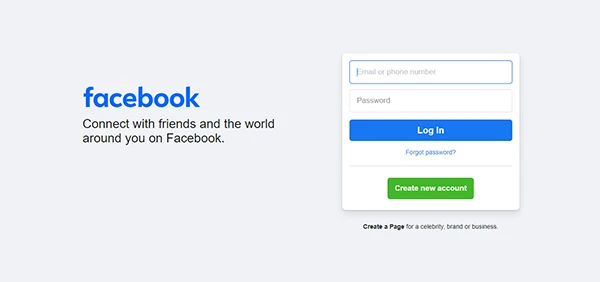
Facebook is the leading social media channel worldwide. Besides connecting with loved ones and the world, many consider it like an email address—an expected credential of being online. Baby Boomers and Gen X prefer this social network.
Marketing to Baby Boomers and Gen X on Facebook involves:
- Emphasizing prices: Boomers and Gen X are not impulsive buyers. They ensure they’re making wise decisions by looking for the best affordable prices.
- Promoting youthfulness: Reminding Boomers and Gen X of their old age isn’t ideal. It’s vital that you promote your brand in a way that makes them feel youthful.
- Using conversational language: Most Boomers and Gen X don’t understand memes and slang. They don’t talk like 18th-century royals, either. Using everyday language is necessary because they are still regular individuals living in the contemporary world.
- Responding to inquiries, comments, and feedback: Boomers and Gen X are often made fun of due to their limited technological knowledge. Interact with them politely and answer their queries attentively. If they have bad experiences, polite responses and allowing them to file complaints can restore their faith in your business.

Instagram is an image and video-sharing social platform that Gen Z and Millennials prefer. Users share stories, photos, videos, and reels in this app. It is also mainly used for influencer marketing.
Marketing to Gen Z and Millennials on Instagram involves:
- Show your passion: Create creative captions that represent your brand’s unique attributes and foster interactions
- Create compelling images and videos: Make positive impressions on your pictures and videos for the first few seconds. Highlight your brand personality by showing content like behind-the-scene videos
- Boost user-generated content: Allow your followers and prospects to upload content on social media apps with specific content and hashtags. For example, a giveaway contest that requires uploading pictures of landmarks
TikTok
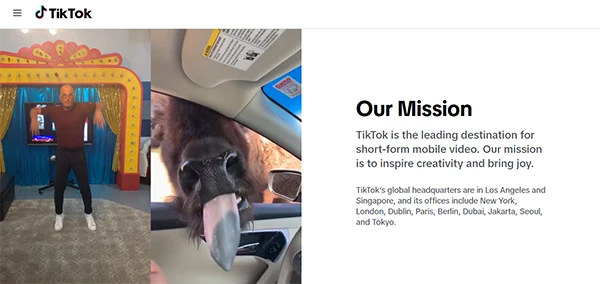
TikTok is another social platform Gen Zers and Millennials prefer. This interactive app lets users create, watch, and publish short-form videos. It is notable for its high engagement and addictive quality.
Marketing to Gen Z and Millennials on TikTok involves:
- Creating fun, positive, and inclusive content for Gen Z
- Lifestyle-related content that discusses responsibilities and hacks for Millennials
- Stimulating and enticing short-form videos with compelling visuals, personalities, catchy songs, and fun filters
- User-generated content similar to Instagram—contests, giveaways, promos, and reviews
- Influencer marketing
YouTube
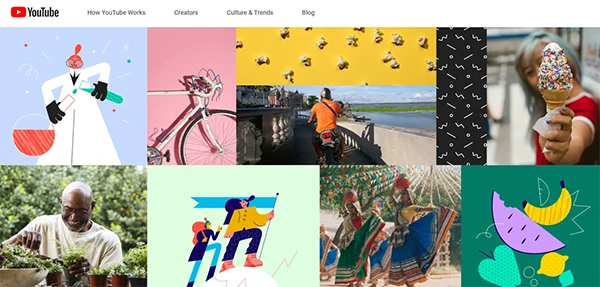
YouTube is the second-leading social media platform worldwide. It thrives on and has become popular because of user-generated content. Unlike formal content on television, users publish creative videos that resonate with the viewers on this channel. Baby Boomers also prefer this social network.
Marketing to Baby Boomers on YouTube involves:
- Videos that provide value and relevant information
- Videos with straightforward tips and how-tos to prevent reading directions and calling someone for help
- Videos that relate to Boomers’ current life stage and values
X (formerly Twitter)

Twitter, now X, is a social network for microblogging. It lets users publish tweets—which are short posts—containing text, photos, links, and videos. Gen Z and Millennials are the ones using this platform the most.
Marketing to Gen Z and Millennials on Twitter involves:
- Allowing them to take action, vote, or make decisions
- Using Twitter analytics to determine the best posting times for Gen Z and Millennials
- Fostering interactions by keeping the conversations going (e.g., showing gratitude by thanking them for sharing your content, hashtags, brand mentions, or product content)
- Influencer marketing
Snapchat

Snapchat is a social network that lets users send and post disappearing snaps (pictures and videos). Gen Z uses this platform the most.
Marketing to Gen Z on Snapchat involves:
- Publishing transparent, honest, and socially responsible content
- Influencer partnerships and captivating, informative, and enticing short-form videos
- Personalized content that provides meaningful experiences
- Humor and relatability
- Giveaways, contests, and promos
- Sponsored lenses and filters
- Snap Ads
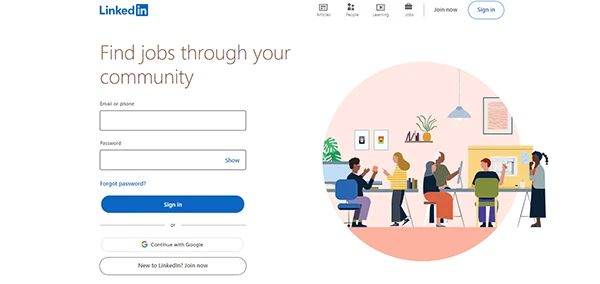
LinkedIn is a social network for professionals. It lets users create business profiles and connect with professionals across industries. Users also hunt and apply for jobs in this app. Unlike other platforms, Gen Z doesn’t use this platform that much. Millennials, Baby Boomers, and Gen X are the ones who mostly use it.
Marketing to Millennials, Gen X, and Baby Boomers on LinkedIn involves:
- Highlighting your brand’s vision
- Inspiring and motivating content about the professional journey
- Publishing news, career tips, and industry insights
- Building professional networks
- Attracting top talent by posting job openings
Elevate Your Social Media Promotions With Social Platforms for All Generations
Generational social media usage has distinct characteristics, but it also shares similar purposes, like finding information, interacting with brands, and browsing engaging content.
Leveraging social platforms for all generations enables you to target and reach different demographics to grow your brand. This way, you can amplify your strategies and attract more prospects from all walks of life.

